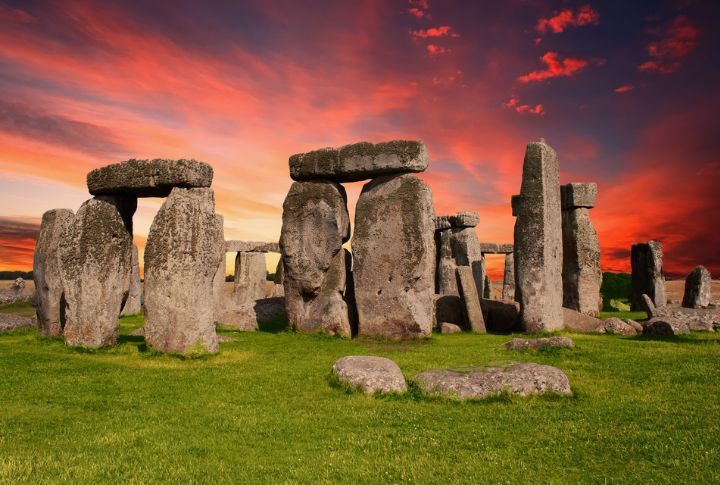
Stonehenge, the iconic prehistoric monument in Wiltshire, England, just rewrote its history. This discovery challenges everything we thought we knew about the structure. So, let’s get right into this shocking disclosure as we gain a whole new perspective on this ancient marvel and the people who built it!
Unexpected Origins
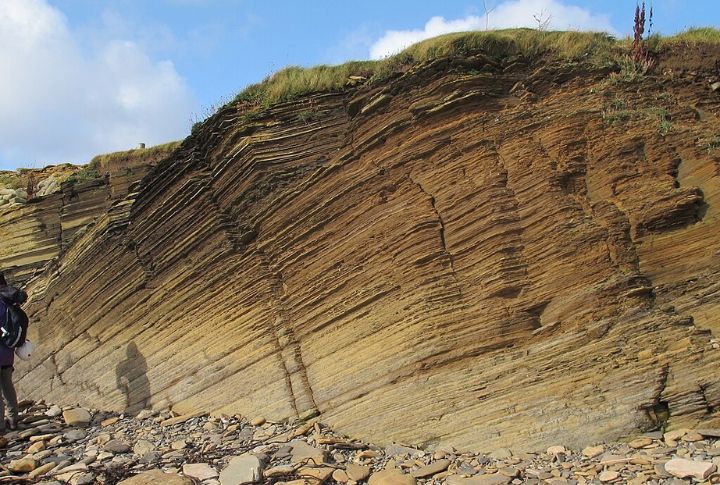
In a groundbreaking study, researchers have made an astonishing discovery about one of Stonehenge’s key components—the Altar Stone. This significant stone, previously thought to have come from Wales, actually originates from the Orcadian Basin in Scotland. This certainly challenges long-held beliefs.
The Altar Stone’s Significance
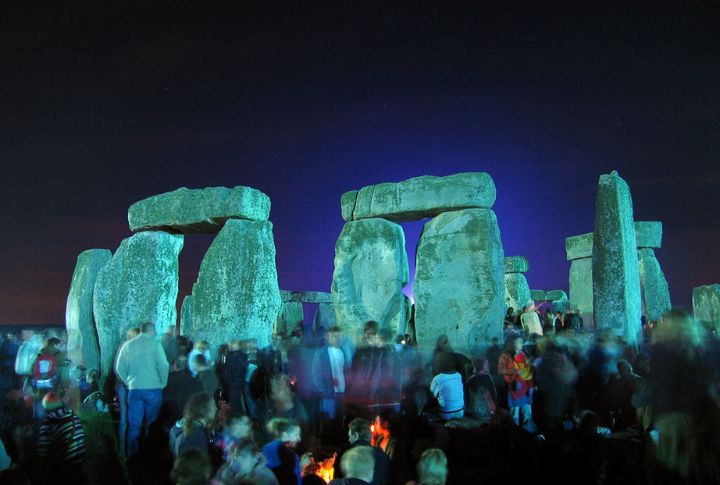
The Altar Stone is a large sandstone block located at the center of Stonehenge. It’s not just any rock. Its size and placement suggest it played an essential role in the rituals and ceremonies at this ancient site. Many believe it was a focal point for cultural gatherings.
Altar Stone’s Unique Composition

Unlike the sarsen stones or bluestones at Stonehenge, the Altar Stone is made of micaceous sandstone. The builders may have been inspired to obtain this unique combination from a far distance because it probably had a special meaning for them.
Chemical Fingerprinting
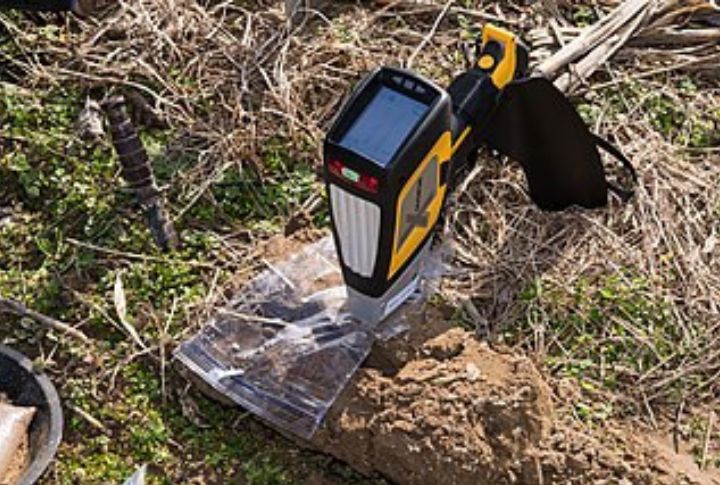
Researchers used advanced geochemical techniques to crack this mystery. They employed handheld X-ray Fluorescence (XRF) analysis to non-destructively examine the stone’s chemical makeup. By comparing its mineral composition and age profile with geological samples, they found its true origin.
Farewell, Welsh Theory

For years, experts were convinced the Altar Stone came from Wales’ Brecon Beacons. This new evidence not only nudges that theory but completely shatters it. It serves as a reminder that recent discoveries are capable of defeating even deeply held scientific beliefs.
The Age Profile
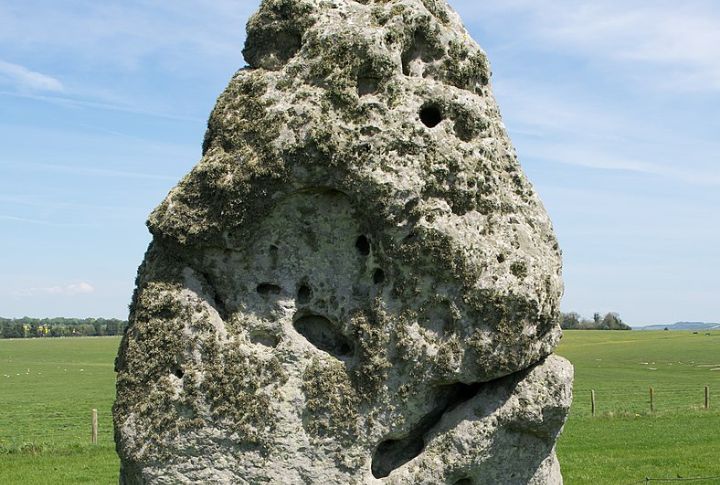
The stone’s minerals tell a fascinating tale of deep time. Certain grains have an astonishing age of 1,000 to 2,000 million years, while others are only 450 million years old. This age range is remarkably similar to Scottish rock music.
Redefining Stonehenge’s Construction Timeline
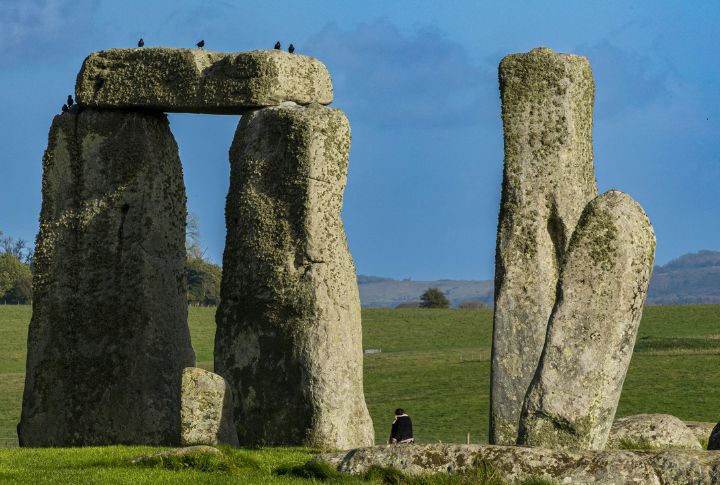
The Scottish origin of the Altar Stone may force a reconsideration of Stonehenge’s construction timeline. The logistics of transporting such a massive stone from Scotland could have extended the monument’s building period beyond current estimates.
Neolithic Feat of Engineering
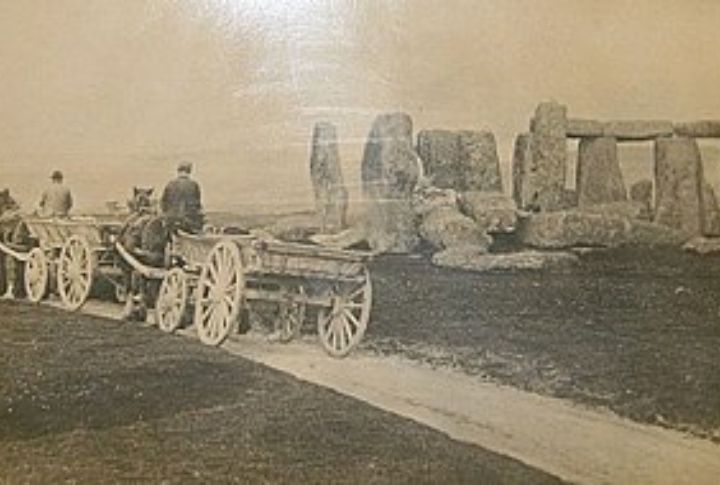
Transporting a six-ton stone nearly 500 miles in Neolithic times represents an extraordinary feat of engineering. This proves the impressive technical capabilities of our ancestors. Their capacity challenges our understanding of prehistoric societies.
Seafaring Stone Movers?

Given the massive distance, scientists suspect a maritime route was likely. Picture Stone Age sailors hauling this enormous rock, taking over Britain’s coasts. It’s a far cry from the primitive portrayal we often have of Neolithic folks.
Trade Networks Revealed

However, this long-distance stone sourcing suggests that complex trade networks existed in Neolithic Britain. It paints a picture of a more interconnected prehistoric world, with ideas, materials, and possibly people traveling vast distances.
The Cultural Significance of the Altar Stone

Understanding the origin of the Altar Stone raises questions about Neolithic beliefs, rituals, and the significance they placed on specific stones in their ceremonies. Going to such lengths to bring this stone to Stonehenge, speaks volumes about its cultural and ceremonial importance.
Potential Cultural Links Between Regions
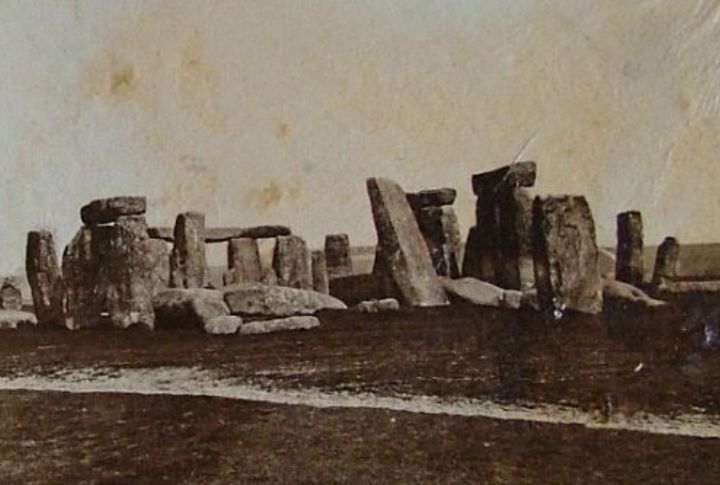
The choice of a Scottish stone for such a prominent role in Stonehenge suggests possible cultural or spiritual connections between such communities in Scotland and southern England. This opens new avenues for research into prehistoric British cultural interactions.
Rethinking Stonehenge’s History
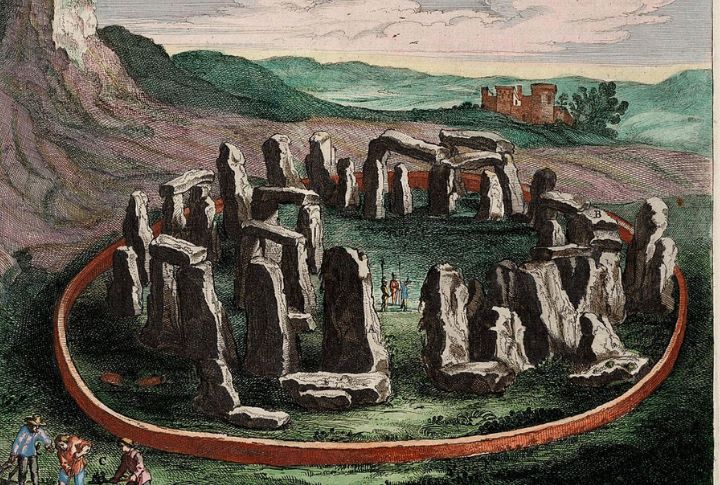
New evidence comes to light as a reminder that history constantly changes. This revelation might compel historians and archaeologists to revisit narratives surrounding it and its construction. Researchers may also learn more about the resources sought by these communities.
The Power of Modern Technology in Archaeology
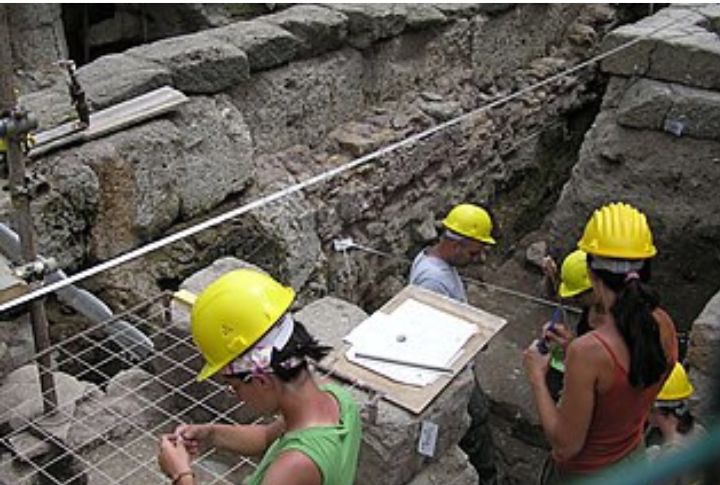
Let’s not forget the role technology played in unearthing this information. Modern techniques like chemical fingerprinting and advanced imaging are considered necessary in unearthing these historical secrets. They enable researchers to analyze artifacts and solve mysteries that were once beyond our reach.
Opening New Research Avenues
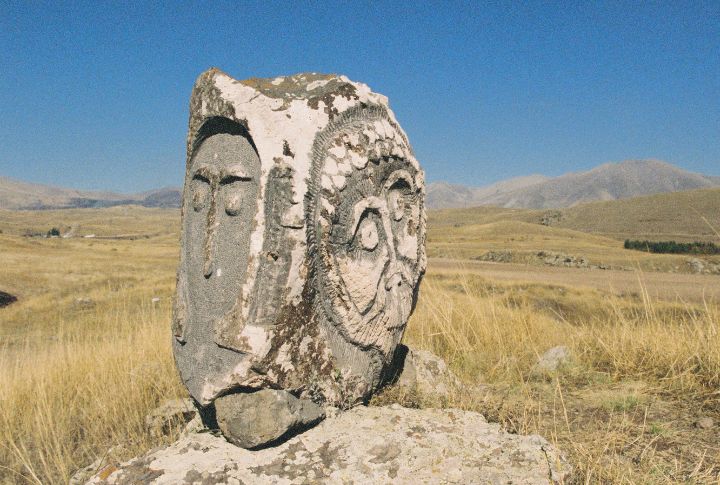
Expect a flurry of new studies inspired by this find. Archaeologists are likely champing at the bit to re-examine other prehistoric sites, looking for similar long-distance material sourcing. Who knows what other age-old secrets might tumble out?

